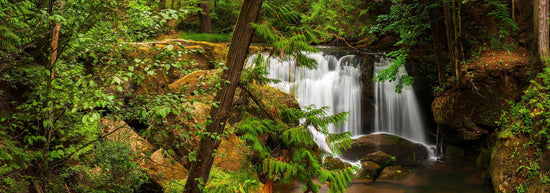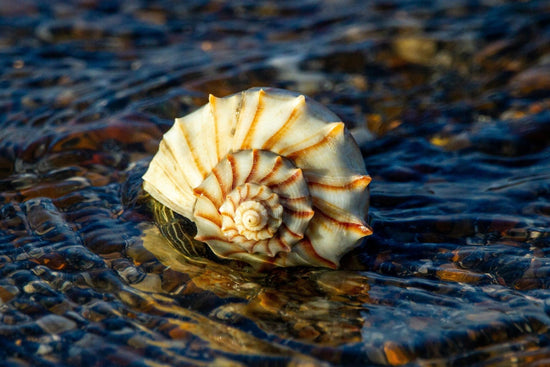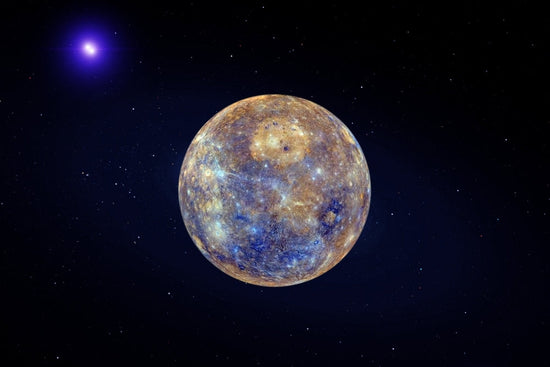Do you know how to tell the difference between a crow and a raven? Did you know that the brilliant blue Steller's jays we see here in the Pacific Northwest belong to the same family? Ever wondered why they're called that, or how they're different from blue jays? We've got the scoop! Let's get right into it.
What's a Corvid?
Corvids are a family of passerine (perching) birds that includes crows, ravens, rooks, jackdaws, jays, magpies, treepies, choughs, and nutcrackers. In this blog, we'll focus on the corvids most prevalent in our Pacific Northwest coastal region: crows, ravens, and Steller's jays.
How To Tell a Raven from a Crow

Size
The common raven can grow to well over two feet in length from beak to tail, and may have a wing span of up to four feet. The American crow is significantly smaller, topping out around seventeen inches in length with a two and a half foot wing span. An average crow weighs in around twenty ounces, while an average raven can be twice that.
Beak & Feathers
A raven's beak is longer, thicker, and more hooked than that of a crow. Ravens' feathers are slightly more iridescent than crows', and they have shaggy feathers on their chests called hackles, while a crow's throat feathers are smooth.
In flight, the raven's tail feathers will form a pointed wedge, and the crow's tail will splay into a fan shape with no point.

Vocalizations
Crows are known to make several loud "caw" or "awk" sounds in succession. The raven's voice is lower and sounds more like a croak. Both birds also make a variety of rattling, clicking, and cooing sounds, and are capable of imitating the calls of other birds and animals.
Listen to crow calls and raven calls here.
Behavior
Crows are more social than ravens. You may see crows in large groups, but ravens prefer one good buddy to the company of a flock. Ravens are rarely observed in densely populated cities, where crows may be as abundant as pigeons.
Ravens do more soaring than crows, and are longer-necked in flight. They can do barrel rolls and fly upside down, and their wings often make a distinct swishing sound, while the wing-beat of a crow is usually inaudible.
Learn more from experts!
Check out our Quoth the Raven collection, inspired by the enigmatic bird itself.
Blue Jays and Steller's Jays

Far easier to differentiate yet oft confused, these two corvids may both be colloquially referred to as blue jays in their respective regions. However, the more uniformly blue of the two is officially classified as a Steller's jay (that's Steller's, not stellar), and it's the one we see here on the West coast.
Blue jays, with their white bellies, white faces, and black striping, don't come west of the Rocky Mountains, but in areas where their populations overlap with those of Steller's jays, they have been known to breed and produce hybrids.
Steller's jays, also referred to as long-crested jays, mountain jays, or pine jays, are deep blue from the chest down, with dark or black shoulders and heads. They make a variety of sounds, from what the Audubon describes as "their low shook-shook calls" to what National Geographic calls "a piercing sheck sheck sheck and a descending harsh shhhhhkk", as well as an array of "squacks, rattles, [and] harsh screams". They can also imitate other birds and animals as well as some mechanical objects.
What's In a Name?

The Steller's jay was officially named in 1788 in honor of the first European to observe and describe it, naturalist Georg Wilhelm Steller. Steller had documented the bird in 1741 during a ten hour excursion on the Alaskan coast where he also observed a number of other animals that would later bear his name.
Learning this, your author could only wonder what those animals were named by the people who knew about them before Europeans. And, as it turns out, there is a growing movement that is seeking to end eponymous naming and to re-name birds with honorific names.
Organizers of Bird Names For Birds explain, “The vast majority of eponymous common names were applied to birds by European and American naturalists during a period of time known as colonialism, when (primarily) European countries subjugated, exploited, and populated territories held by non-white peoples.”
This year the Seattle Audubon Society joined the call to put an end to the practice of eponymous naming, stating that "continuing the practice of eponymous naming upholds these ideals and glorifies Western science over Indigenous knowledge and experience." They are also among several Audubon chapters reexamining use of the Audubon name itself.
In the words of Glenn Nelson, "Naming places and things after people seems so yesteryear, so very Euro and full of hubris... Personal names risk an expiration date, when whatever the person stood for no longer is in favor. Or someone else comes along with a bigger checkbook."
Indigenous Names for Corvids

So what are the Indigenous names for the corvids of this region? Many of this continent's Indigenous languages are lost or at risk of extinction thanks to colonization and forced assimilation, but let's look at words from two of the area's major languages that are well catalogued online:
Lushootseed is a member of a Salish language family, of which only 20 survive. The Lushootseed-speaking region extends along the shores of Puget Sound from modern-day Olympia to the Skagit watershed and from Hood canal to the Cascades.
The Lushootseed word for the blue or Steller’s jay is kay̓kay̓ (kai kai).
The word for crow is k̓aʔk̓aʔ (ngka ngka).
The word for raven is qaw̓qs (kaowks).
Hul'q'umi'num' is another Salish language spoken further north along the coast and up into Vancouver Island.
The Hul'q'umi'num' word for the blue or Steller's jay is skwi†huc (skwi-tsuts).
The word for crow is œulé:œe’ (k’leh ke).
The word for raven is spa:¬ (spahl).
You can help support the preservation of Indigenous languages by donating to The Language Conservancy, or the First People's Cultural Foundation.






2 comments
Here in KY we only have the bluejays, and tons of them at that! I too put peanuts out for them and they take an entire peanut (in shell) in their beaks and fly up to a branch and then crack it open. It is so fun to watch. Sometimes, they will pick up several peanuts before finding the one that balances well and they can carry away.
I really appreciate the lesson on ‘eponymous’ naming. I had to look the word up, but now I understand what you were referring to. :)
Heather
Wonderful article….thank you!
Our back yard is home to Scrub and Steller’s Jays. I love their sounds, their antics. They love the peanuts I leave out for them each morning. Raven has always held a special place in my heart spiritually.
And thank you for the discussion of the eponymous naming practices for birds (and other animals, places) which have been in place far too long. I have not really thought about this before, and I want to investigate ways I can help support ending this practice.